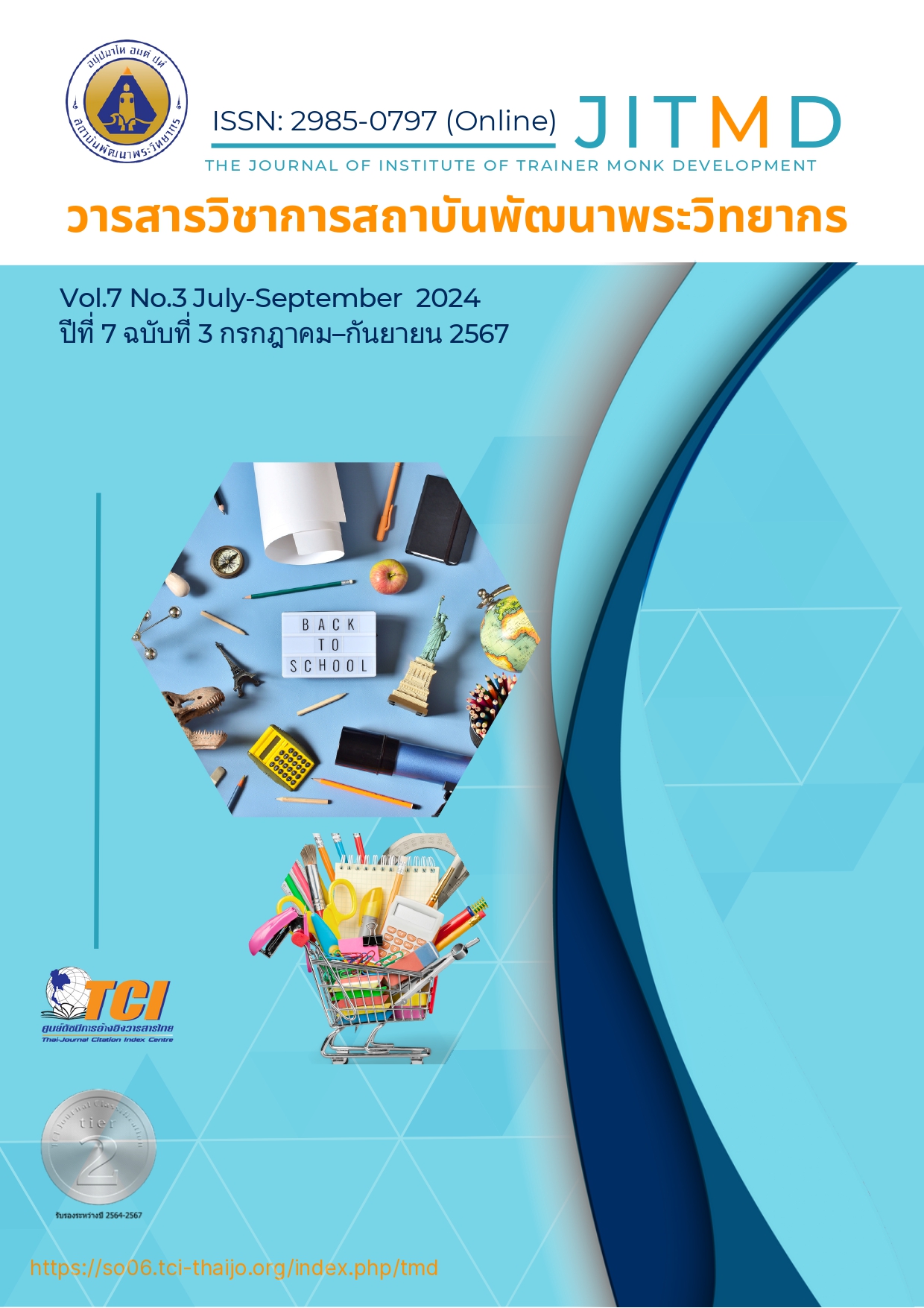The Suffering Message in Documentary Jewellery Art
Main Article Content
Abstract
This research article aims to 1. Study the history of the construction of the Death Railway in Kanchanaburi Province 2. Design an art statement of jewelry that expresses the pain and violence without freedom 3. Promote the remembrance of important events in the construction of the Death Railway This research is a documentary research and in-depth interview. The tools used to collect data include interviews as the main method and only one round using an open interview. The results of the study found that: 1) During World War II, Japan built a strategic railway by recruiting many prisoners of war and laborers. They rushed to build the railway day and night, causing many people to die. Thai people therefore called this railway the "Death Railway". This railway line is considered a world monument that records the cruelty of World War II. 2) The data obtained from the research produced exhibition pieces and used the metal coloring process of jewelry in blackening and greening to make the pieces change color and mood according to the past, present and future. 3) The techniques and processes were developed into 2 collections of jewelry, consisting of 5 pieces, to make viewers or wearers aware of the story of the construction of the Death Railway.
Article Details

This work is licensed under a Creative Commons Attribution-NonCommercial-NoDerivatives 4.0 International License.
บทความที่ได้รับการตีพิมพ์เป็นลิขสิทธิ์ของวารสารวิชาการสถาบันพัฒนาพระวิทยากร
ข้อความที่ปรากฎอยู่ในบทความที่ได้รับการตีพิมพ์ในวารสาร ถือเป็นความรับผิดชอบของผู้เขียนบทความ และข้อคิดเห็นนั้นไม่ถือว่าเป็นทัศนะและความรับผิดชอบของกองบรรณาธิการวารสารวิชาการสถาบันพัฒนาพระวิทยากร
References
ฟ้อน เปรมพันธุ์ และโสมชยา ธนังกุล. (2563) เสรีไทยสายกาญจนบุรี. กาญจนบุรี: สำนักศิลปะและวัฒนธรรม มหาวิทยาลัยราชภัฏกาญจนบุรี
วรวุธ สุวรรณฤทธิ์. (2544). สงครามมหาเอเชียบูรพา กาญจนบุรี. กรุงเทพมหานคร: โอเดียนสโตร์.
วรสิทธิ์ มุทธเมธา. (2548). การออกแบบในศตวรรษที่ 20. ปริญญานิพนธ์ศิลปมหาบัณฑิต. คณะศิลปกรรมศาสตร์. มหาวิทยาลัยราชภัฏสงขลา.
ทำนอง จันทิมา. (2542). การออกแบบ. กรุงเทพฯ: ไทยวัฒนาพานิช.
รัชฎากรณ์ กล้าเกิด. (2558). การใช้ภาพตัวแทนความตายเป็นสื่อสัญลักษณ์ในงานศิลปะร่วมสมัยไทย. (พ.ศ.2545-2555). วิทยานิพนธ์ศิลปมหาบัณฑิต. บัณฑิตวิทยาลัย: มหาวิทยาลัยศิลปากร.
Tolstoy, L. (1964). What is Art quoted in Titus H.H. Living Issues in Philosophy. American, Book: New York.


